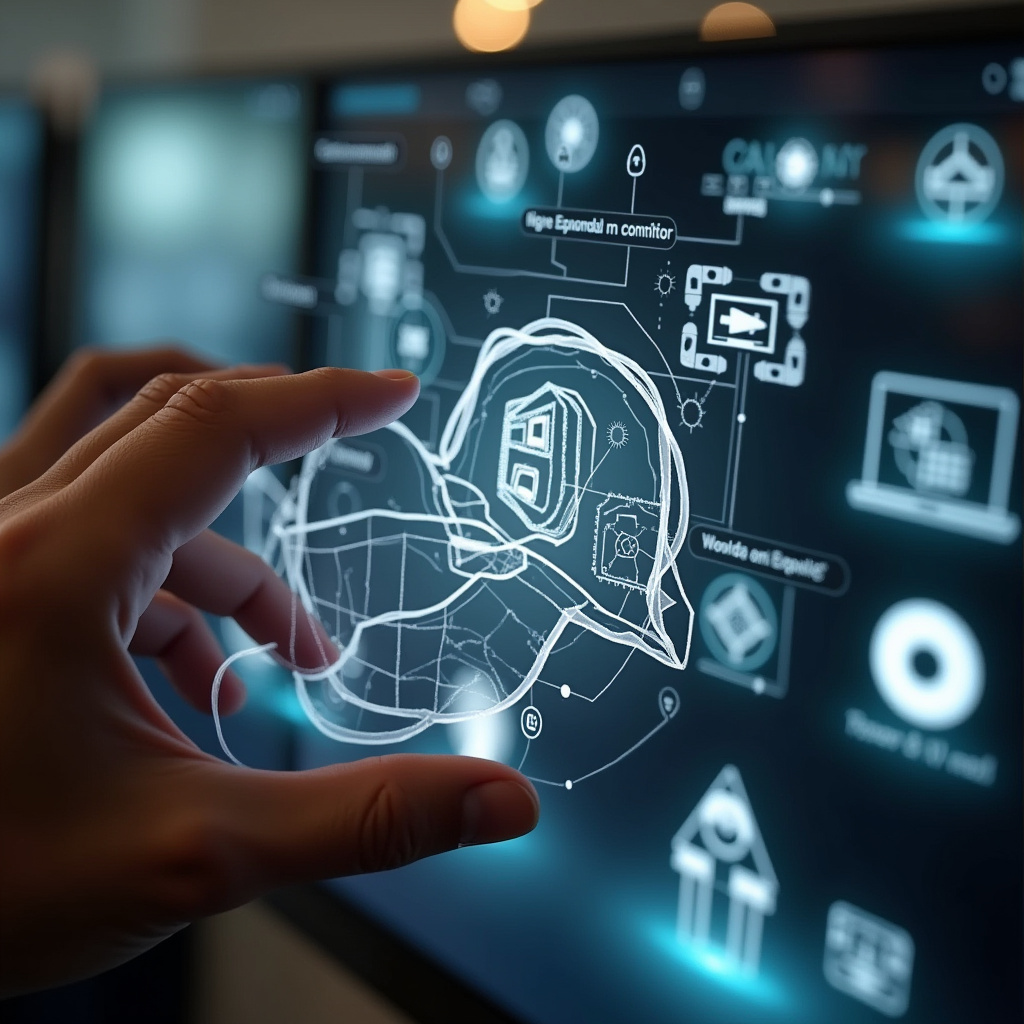Introduction to Augmented Reality
Augmented Reality (AR) is an exciting technology that blends the real world with digital content. Unlike Virtual Reality (VR), which creates a completely immersive environment, AR enhances our view of the real world by adding digital elements. This technology is making waves in various sectors, and one of the most promising areas is education.
The Benefits of Augmented Reality in Education
Utilizing AR in educational settings offers numerous advantages that can significantly enhance the learning experience for students. Here are some of the key benefits:
- Engagement: AR captures students’ attention and keeps them engaged. Instead of passively receiving information, students can interact with the content, making learning more dynamic and enjoyable.
- Enhanced Understanding: Complex subjects become easier to grasp when visualized. For example, students can explore 3D models of the human body or historical landmarks, providing a deeper understanding of the material.
- Active Learning: AR promotes active learning by allowing students to participate in their education. They can solve problems, conduct experiments, and explore concepts hands-on, which enhances retention of information.
- Personalized Learning: With AR, educators can tailor experiences to meet the unique needs and interests of each student. This personalization can lead to better outcomes and heightened motivation.
Real-World Applications of AR in Education
AR is already being used in various educational contexts. Here are a few examples:
- Science Lessons: Students can use AR apps to visualize molecular structures or chemical reactions, allowing them to see concepts that are otherwise abstract.
- History Classes: AR can bring historical events to life. Imagine standing in front of a historical site and using an AR app to see how it looked centuries ago, with interactive elements providing context and storytelling.
- Language Learning: AR can enhance language education by allowing students to interact with virtual objects and receive immediate translations or pronunciations, making the learning process more immersive and effective.
Challenges and Considerations
While the potential of AR in education is vast, there are some challenges to consider:
- Accessibility: Not all students have access to AR technology, like smartphones or tablets, which can create disparities in learning opportunities.
- Training Educators: Teachers need proper training to effectively integrate AR into their curriculum. Without adequate support, the technology may not be utilized to its full potential.
- Cost: Developing AR content and applications can be expensive, and schools may struggle to find funding for these resources.
Conclusion
Augmented Reality holds immense potential to transform the educational landscape. By enhancing engagement, understanding, and personalization, AR can create a richer learning environment. Although challenges exist, the benefits it offers make it an exciting avenue for educators and students alike. As technology continues to evolve, we can expect to see even more innovative uses of AR in education, paving the way for a more interactive and effective learning experience.




